Christian Dior’s New Look: a Post-War Fashion Revolution
It’s 1945 and the Second World War has finally ended. After years of conflict and hardships, people around the world were ready and deserving of some peace and normality. The end of the war also brought about new revolutions, and the fashion industry was about to experience a wave of modernity thanks to one French man.
The Second World War had brought about an era of make-do and mending for the fashion industry, with fabric shortages around the world leaving many to look after their clothing as carefully as possible to extend their longevity. Dressing frugally in wartime was considered a patriotic duty that many took pride in and was heavily promoted by figures including Winston Churchill.

This wouldn’t stop French courtiers in Paris from trying to add some fresh air into fashion. They tried designing fuller skirts with tighter waists but using design hacks to make sure they remained within the fabric allowances given to them. Unsurprisingly, this move was nipped in the bud as the occupying German forces in Paris shut down the idea immediately as such resources were paramount to the war effort. When these ideas reached the ears of the Allied forces even they scorned the designs, seeing the designs as excessive and unnecessary at a time when so many were making sacrifices. It just goes to show that even on both sides of the war that fashion restrictions were seen as an essential war effort.
(You can read our blog posts on Fashion Rationing and Utility Clothing for more information)
Thankfully the post-war environment brought about the possibility for clothing to be more readily available and in larger quantities. British fashion designer Hardy Amies helped to pave the way for a ready-to-wear market, designing many successful sewing patterns which were distributed through popular women’s magazines. This widespread distribution of sewing patterns meant that everyone was able to own a little piece of designer fashion. It wasn’t long before the fashion industry was moving towards a faster, cheaper means with mass production becoming increasingly popular with both designers and customers, and one man was ready to revolutionise the industry with his first collection.
PRE-WAR CHRISTIAN DIOR
Christian Dior was born on 21st January 1905 in Granville, a seaside town on the coast of Normandy, France. Christian was one of five children born to Maurice Dior, a wealthy fertiliser manufacturer with a business founded in 1832 and his wife, Madeleine. The family would move to Paris when Christian was five years old but they kept the Granville home as a summer residence.

The Dior family in the garden of Les Rhumbs villa, circa 1920. Dior is stood on the left behind his mother. Picture Source: Collection Musée Christian Dior, Granville/Les Collections du Réseau des Musée de Normandie.
Originally, Christian wanted to study architecture at the Ecole des Beaux-Arts in Paris, but his family thought this career path was completely unsuitable. Reluctantly, Christian instead started studying political science with the aim of becoming a diplomat, but he unsurprisingly ended up dropping his studies for more artistic avenues.
Christian went on to open his own art gallery,Galerie Jacques Bonjean, in 1928 with his friend Jacques Bonjean. Although Christian was supported financially by his parents in this new venture, his family was still very much opposed to him using the Dior family name for the gallery title, lest Christian brings shame to the name despite the gallery itself selling art by the likes of Pablo Picasso. Although this partnership was successful, it wasn’t meant to last.

Being a very superstitious man, Christian would often consult psychics when faced with difficult life choices. He recalled in 1930 that a mirror ‘became unhooked and smashed to pieces’, a sign he believed was the foreshadowing of the end of his idyllic life and the beginning of a period of struggle.
And a struggle indeed thefuture became for Dior. In 1930 his older brother, Raymond, passed away, followed by his mother, Madeleine, in 1931. To add insult to injury, the Dior fertiliser business collapsed in the wake of the Wall Street Crash, leaving the Dior family financially ruined. Following such a series of unfortunate events, Christian was forced to close his gallery in 1931.

Madeleine Dior
At a new low point in his life, Dior became a ‘high-class tramp’, seeking accommodation with friends during his hardships. Fortunately for Dior, his friends were generous enough to allow him to spend a year on the Spanish island of Ibiza to recover from the trauma brought on by recent years. Upon his return to Paris a year later, Dior had a new mindset and knew that he had to rely on himself to change his situation.
With some well-placed connections, Dior began to pursue an artistic career once again and started selling sketches to milliners and couture houses including Jean Patou, Schiaparelli, Nina Ricci, Maggy Rouff, Worth, Balenciaga, Molyneux, and Paquin. This was just the beginning of Dior’s fashion career and it wouldn’t take long for his name to be known all across Paris.
WORKING AS A FASHION DESIGNER
In 1938, Dior was approached by designer Robert Piguet and was given the opportunity to design for three Piguet Collections. Dior himself said:
“I was thrilled at the offer and instantly accepted. At last, I would get to know the mysterious means by which an idea is transformed into a dress; I would make a shy, but fascinated, entrance into the universe of premières and workrooms." - Dior by Dior,1958
Just a year later in 1939, Dior was called up for military service to help fight for France in the Second World War - this would be a short service, and a brief pause in his fashion career whilst he moved to the south of France with his father and sister a year later.

Dior during his mobilization in the 47th Engineering Company, circa 1940. - © Collection musée Christian Dior, Granville. Dior is third from the left.
Of course, it didn’t take Dior long to get back into the couture industry. By 1941 Dior joined the fashion house of Lucien Lelong as one of their head designers. In Dior’s book, he goes on to say:
“The House of Lelong was an excellent couture school. At Lelong, which was a much larger house than Piguet, I learned a tremendous amount more about my new passion”
Dior seemingly flourished at Lelong, even building a reputation for himself as an expert cutter who employed complicated dressmaking skills to achieve his finished work.
Sketch of a design for Lucien Lelong 1944. Source: galeriedior.com
Although this period did allow Dior to thrive in his artistic environment, the bigger picture was still a grim reality. With the war still raging on around them and Paris being occupied by the Nazis, many fashion houses had to choose between closing and fleeing to another country or remaining open but under Nazi rule and restriction. Many designers chose to flee, but fashion houses including Lelong, Jean Patou, and Nina Ricci were adamant that they had to remain open. The general consensus from these fashion houses was that the French fashion industry and culture needed to be preserved and protected against Nazi oppression, and although they were somewhat successful they still had to operate with severe restrictions and regulations.
The couture houses met with German resistance almost immediately, as the Nazi ideology abhorred Parisian styles and the slender feminine bodies it idealised, arguing that they were corruptive to the strong Aryan women. Parisian couture was the striking opposite of what Hitler advocated for as German women would be dressed in simple, boxy uniforms. In an attempt to further cripple both the French fashion industry and the country itself, the Nazis ordered all of the exports to cease, forbade contact with the outside world, and were only allowed to use around 50% of the fabric they were able to pre-war.
This time would prove personally challenging for Dior in many aspects. As a designer for Lelong, Dior persevered to preserve the French fashion industry, but ultimately he had no choice but to design dresses for the wives of Nazi officers and French collaborators. To make Christian’s life a bit more complicated his sister, Catherine, was an active member of the French Resistance. Catherine would even use Christian’s apartment as a site for resistance meetings, putting both of them in a great deal of danger.
Catherine Dior. Image Source: boisdejasmin.com
Catherine was later arrested and tortured by Gestapo in Paris in 1944 before being denounced as a résistante and deported to Ravensbrück, a concentration camp in northern Germany. With his connections in French society, Christian attempted to have his sister released but to no avail. Catherine remained at Ravensbrück until the liberation of the camp in 1945.
With the end of the war and liberation from German occupation, the French couture houses could finally breathe and consider a brighter future for both industry and the country. France had once been the fashion capital of the world, and they were determined to earn that title back.
THE CREATION OF THE DIOR FASHION HOUSE
Following the end of the war cotton magnate Marcel Boussac approached Christian with a promising opportunity for his career. Boussac wanted Dior to take over as the designer for the fashion house of Gaston, a house that had been established in 1925 by Phillipe et Gaston. Although many may think this was a perfect opportunity for Dior to move up the designer ladder, he politely refused Boussac.
Gaston was a well-established fashion house which had a history of doing things its own way. Immediately Dior considered this to be a creative restriction, as he wanted to move to make his own designs and clothing and have artistic freedom with his designs. Dior explained to Boussac that he wanted to make clothes that he remembered his mother wearing when he was a child, with longer and fuller skirts and petticoats.
Boussac wasn’t deterredthough! In fact, Boussac saw this as an opportunity to re-establish the French textile industry. The designs that Dior had described to Boussac would need more fabric than current designs, and such new and increased demand for fabric could encourage the textile industry to grow back to what it was pre-war. So instead of offering Dior a role as designer at Gaston, he offered him ten million francs to help found his own fashion house.
Dior had to consult psychics again before accepting Boussac’s generous offer. They told him the time was right to make the move and even went as far as to suggest that Dior’s designs would be revolutionary (although we take this with a pinch of salt!). With the approval of the psychics, Dior accepted Boussac's offer and the Christian Dior couture house was officially opened at 30 Avenue Montaigne, with three ateliers and a staff of 85 people.
30 Avenue Montaigne, House of Dior. Image source: dior.com
FASHION REVOLUTION: THE NEW LOOK
Before Dior’s fashion house had even opened, he knew the direction he wanted to take with his first debut collection. The Second World War had been harsh on fashion and how people dressed. Designs such as shirtwaister dresses had become the fashion norm around the world, but Dior wanted to reject this wartime era of fashion in his new collection.
Instead of reflecting the recent decades, Dior wanted to present an idea of radical femininity which would see the return of tight-fitted corsets, jackets with padded hips, petite waists, and longer A-line skirts. He wanted to make women ‘look like flowers’ - charming and ladylike in glamorous fabrics. Thus, Dior’s first collection was born.
Named the ‘Corolla’ collection (meaning the inner section of petals in a flower), this blossoming collection would be the epitome of what fashion media would dub theNew Look.

Dior's famous 'Bar Suit' New Look design.
On the 16th of February 1947, Dior revealed his Corolla collection to the world. The models were in voluminous skirts made from extortionate amounts of fabric, made more exaggerated by the nipped waists. Shoulders were sloping, busts were high and it was a stark contrast to the current state of fashion. Dior's debut collection was certainly a rediscovery of prosperity for the future, something which everyone wanted to aspire to.
The Corolla collection showed Dior’s ability to capture the mood of the time; he had recognised women’s yearning for a return to femininity in the post-war era and presented models that looked quite unlike anything which had been seen in recent years.

Guests packed in the House of Dior's staircase to see the show of the first collection.
The fashion media was immediately all over Dior’s debut collection, with British designer John Cavanagh describing the show as a“total glorification of the female form”. Editor-in-Chief of the AmericanHarper’s Bazaar, Carmel Snow, stated:
“It is quite a revolution, my dear Christian. Your dresses have such a New Look!”
Carmel Snow’s phrase was repeated so much that the entire collection became known as the New Look - capturing the world's and the press's attention. In a single show and collection, Dior had cemented his place as one of the most important designers in the world. His success was immediate and quickly travelled around the world, inspiring almost every other fashion house to create their own similar collections. Winifred Lewis, writing inThe Tatlerwrote of a ‘revolution raging in Paris’. Imitation is the sincerest form of flattery!
CRITICISM OF THE NEW LOOK
Considering the New Look was such a stride from recent fashion there was of course a fair amount of criticism that came Dior’s way.
Firstly, as many have pointed out at the time, there wasn’t actually anythingnewabout the style which was sweeping around the fashion industry. Elements such as tiny cinched waists, full and longer skirts, and hip padding had been an essential part of fashion for centuries from the Tudor era right through to the Victorians. The designs that Dior created were reminiscent of the past and very nostalgic in design, and many dismissed that the designs were an entirelynew look.
There were also discussions around women’s suffering throughout history which some thought Dior’s collection seemed to celebrate. Dior’s designs signalled to some the ‘return to domesticity’, and that the designs were regressive. The Corrola collection used elements from the past when women were extremely restricted in their lives, and many criticised Dior ‘for taking away women’s newly attained independence by lacing them up in corsets and making them wear long skirts again’. The 1910s/1920s with movements such as women’s suffrage had finally given women the vote in the UK and allowed women to wear less restrictive and freeing clothing, such as the flapper dresses of the 1920s, and reflected the collective mood of equality for women - something Dior’s designs almost opposed. Dior’s unapologetically feminine style was seen by some as ‘relying on antiquated social conventions to be successful’, going against what women had fought for around the world.
There was also the question of why Dior was using such excessive amounts of fabric in his designs. In 1947 Britain was still rationing clothing and fabric as the country recovered from resource shortages of the war. Seeing fabric used to such a luxurious extent showed Dior was somewhat out of touch with post-war Europe and showed luxury and extravagance many simply couldn’t afford.
Dior’s designs used around 18 metres of fabric just for one skirt. Such extravagant use of fabric for longer skirts would also mean existing knee-length wardrobes unfashionable in mere months, and many simply couldn’t afford to keep up with this new fashion in the post-war climate - especially with heavily controlled fabric allowances. British and American designers reimagined Dior’s work with more simple A-line skirts which offered the same silhouette but without the excessive yardage. Many crafty women would add a yoke to their existing skirts to mimic the silhouette and length rather than purchasing new garments.
Corsets had also made a return to help in creating the hourglass effect of the New Look silhouette. Sophie Gimbel, an American designer for the Sale Moderne of Saks Fifth Avenue, would take inspiration from Dior’s New Look and make it much more functional for the average woman by completely removing corsets from the style. When asked about the New Look by a reporter fromTimemagazine, Sophie said:
“Everyone knows that dresseswere too short [but] our girls have beautiful figures.
Do you think they’ll want to spoil them in padded hips? Even if they do like this tight waistline, how many are willing to go through the agony to get it? I put on one of those new corsets… I’ve never been so uncomfortable in my life”
The criticisms didn’t stop there. At a photoshoot in Montmartre in 1947, Dior’s models wearing his new designs were attacked by Parisians. Many in France and Paris were still recovering from the war, so to see such extravagant clothing being paraded around the public felt very much like a kick in the teeth. America had its fair share of abuse towards Dior with a group of women in Dallas banding together to create the ‘Little Below the Knee Club’. The club brandished placards with ‘Down with New Look!’ and ‘Christian Dior Go Home’ when Dior visited Chicago.
But as they say, any publicity is good publicity! Both the positive and negative attention had thrown Dior into the spotlight, so much so that he seemed to be saving the Paris couture industry and single-handedly putting France back on the map as the fashion capital of the world.
After the New Look collection, Dior continued to work on new designs and evolve his fashion. By 1954 the tight hourglass silhouette of the New Look had been completely abandoned. His artistic inspiration would see an introduction of a new silhouette with almost every new collection, including the Princess line, H-line, and the S-line.
Dior's H-line silhouette. Image source: fashionillustrationtoday.blogspot.com
DIOR’S LEGACY
Although fashion was working extremely well for Dior, he listened to sound financial advice for adding some diversity to his fashion empire. Dior founded the 'Parfums Christian Dior' and launched the 'Miss Dior' perfume - the name being a dedication to his sister. The Dior brand also moved into making stockings, hats, shoes, and even baby accessories which all became instantly desired by many around the world.
Unfortunately, Dior passed away after suffering a heart attack when he was in Italy on the 24th of October 1957. In a glorious 10 years since founding the House of Dior, Christian had helped re-establish Paris as the fashion capital and saw him ‘designing for and dressing the most prestigious women of the time, including Queen Elizabeth and Princess Margaret, Marleen Dietrich, and Princess Grace of Monaco’.
Upon Dior’s passing, Yves Saint Laurent, his first assistant at the studio since 1955, was appointed as Creative Director of the House of Dior. Since then, the fashion house has changed creative directors many times, branched out into new business ventures and has flourished into an esteemed brand that many of us still appreciate to this day.
Although not everyone may not have liked or agreed with the New Look at the time one thing for certain is that Dior changed the fashion industry forever and left behind a monumental legacy.
If you’d like to learn more about Christian Dior and his fashion house, the below sources are an excellent place to look:
-A history of the House of Dior, by Dior
- https://www.galeriedior.com/en/history
- Dior by Dior: The Autobiography of Christian Diorby Christian Dior
- Retro Fashion: The Way We Were by Lucinda
- Vintage Fashion: Collecting and Wearing Designers Classicsby Emma Baxter-Wright, Karen Clarkson, et al.
- Forties Fashionby Jonathan Walford
- Diorby Alexandra Palmer
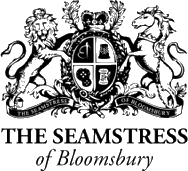
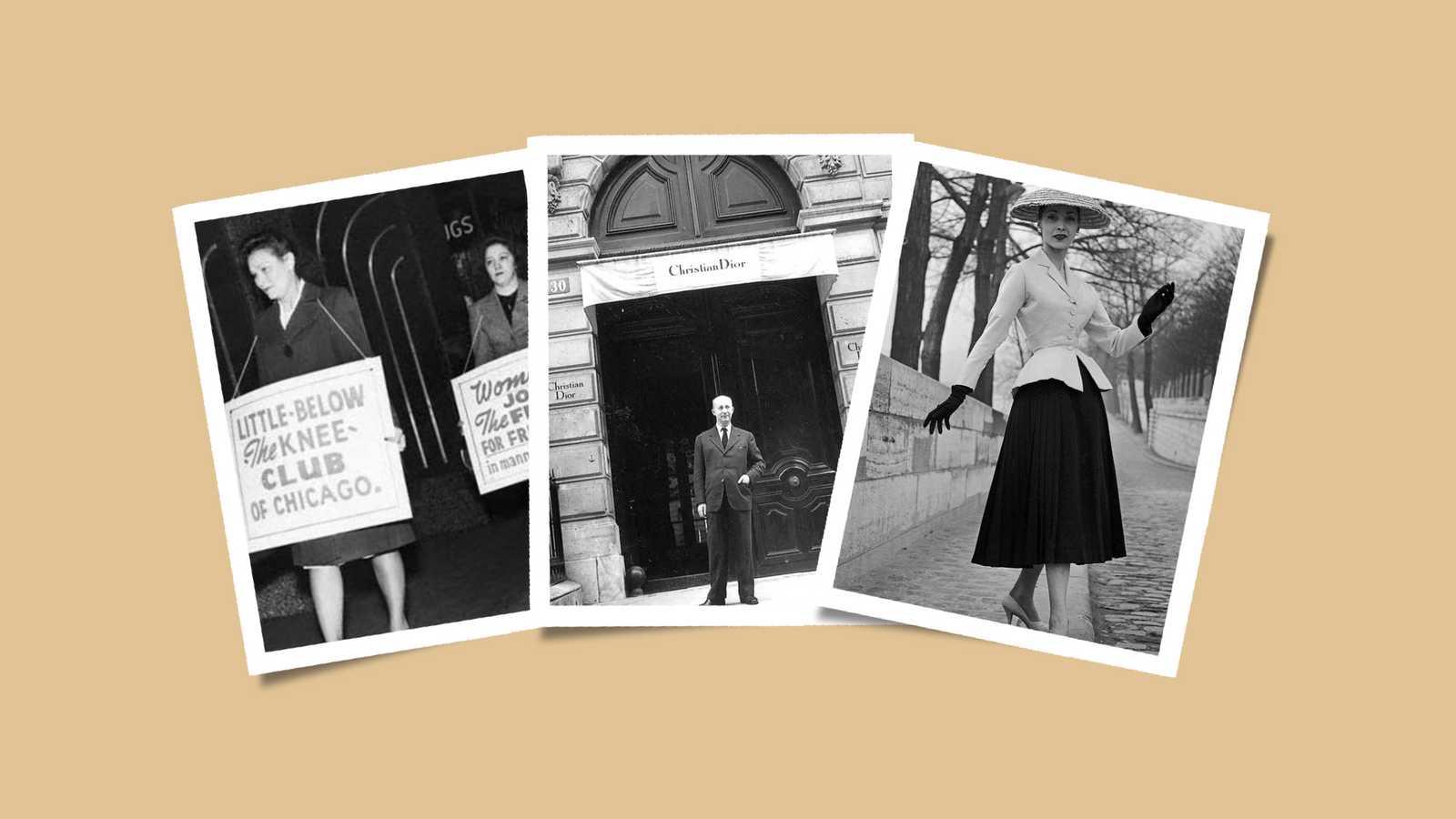





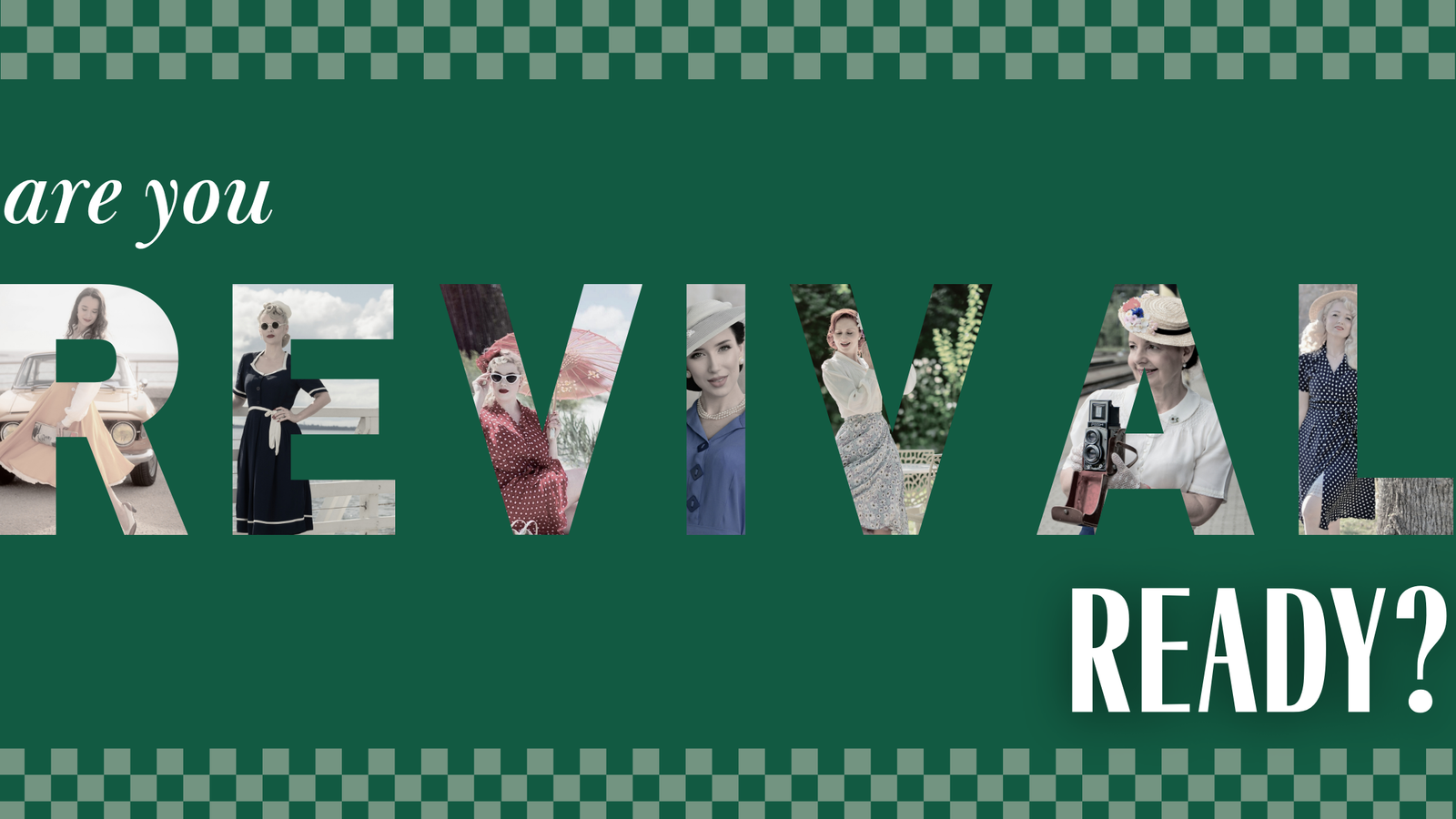
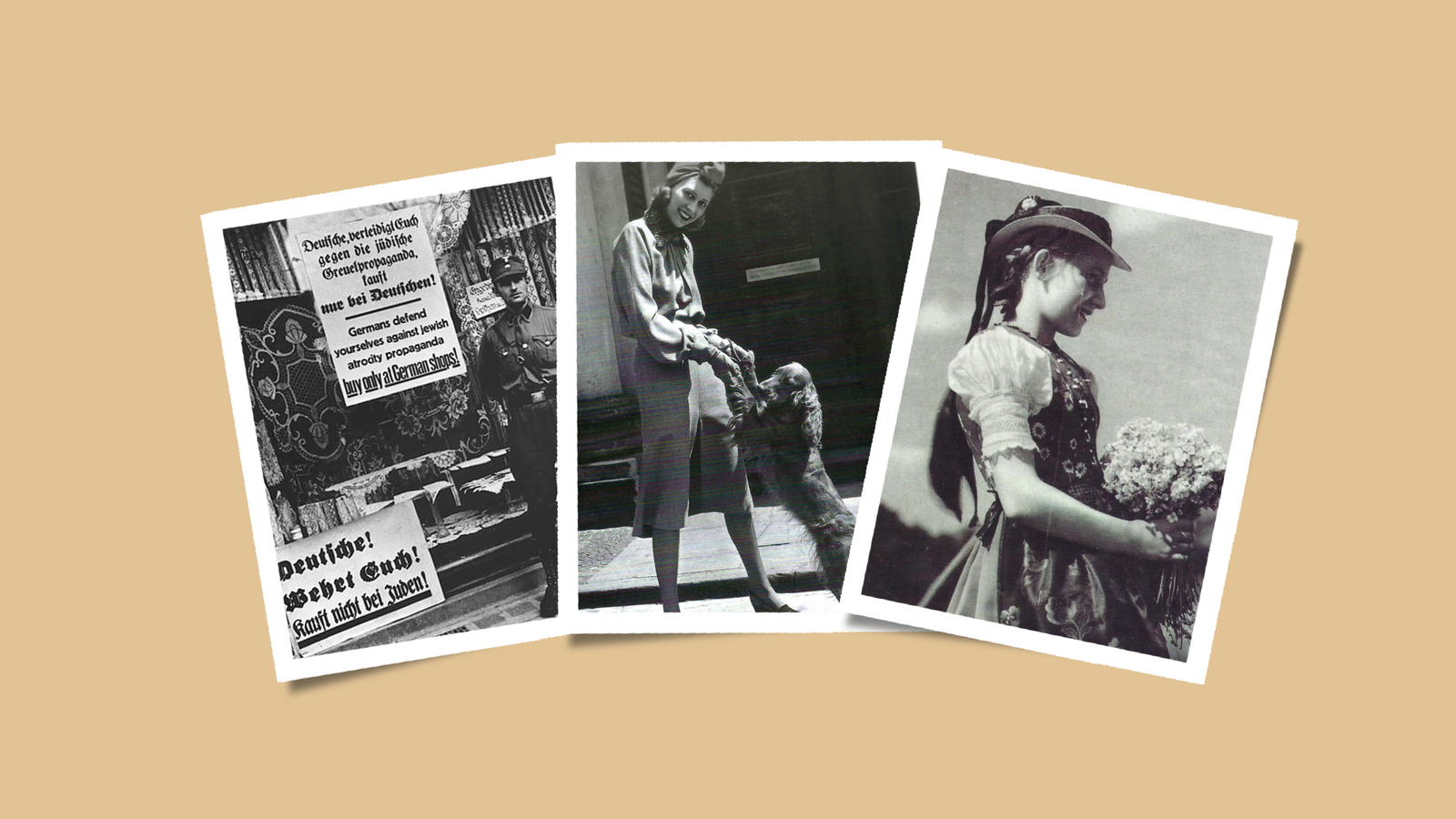
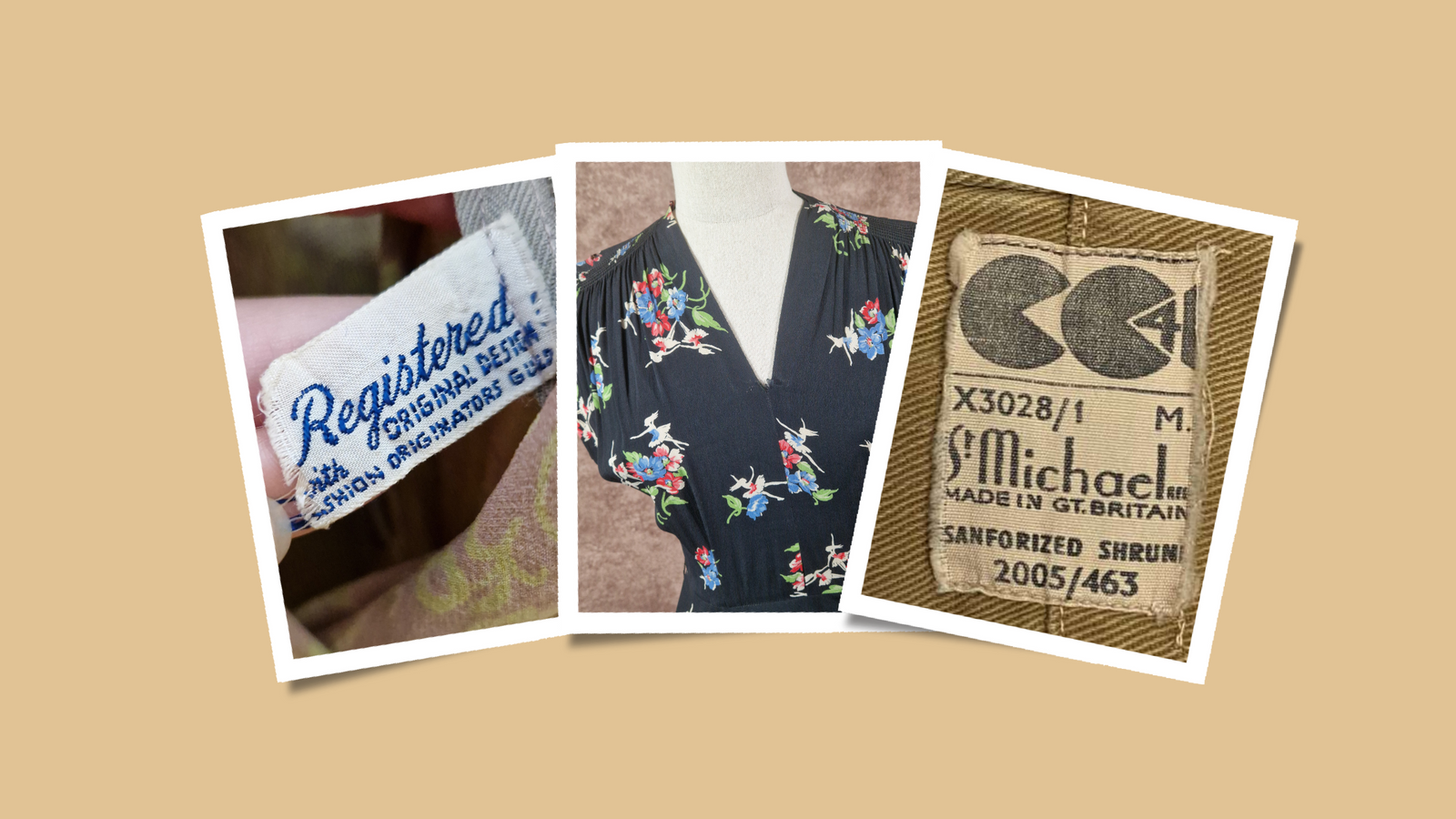
Patricia Henry
April 21, 2025
Fabulous read , I studied fashion and design and did base some of my written work in history on Christian Dior , I did read at the time , that the parachute silk was used to make garments ? I believe , so not wasted fabric , hence relieving materials being used for the shortage after the war .